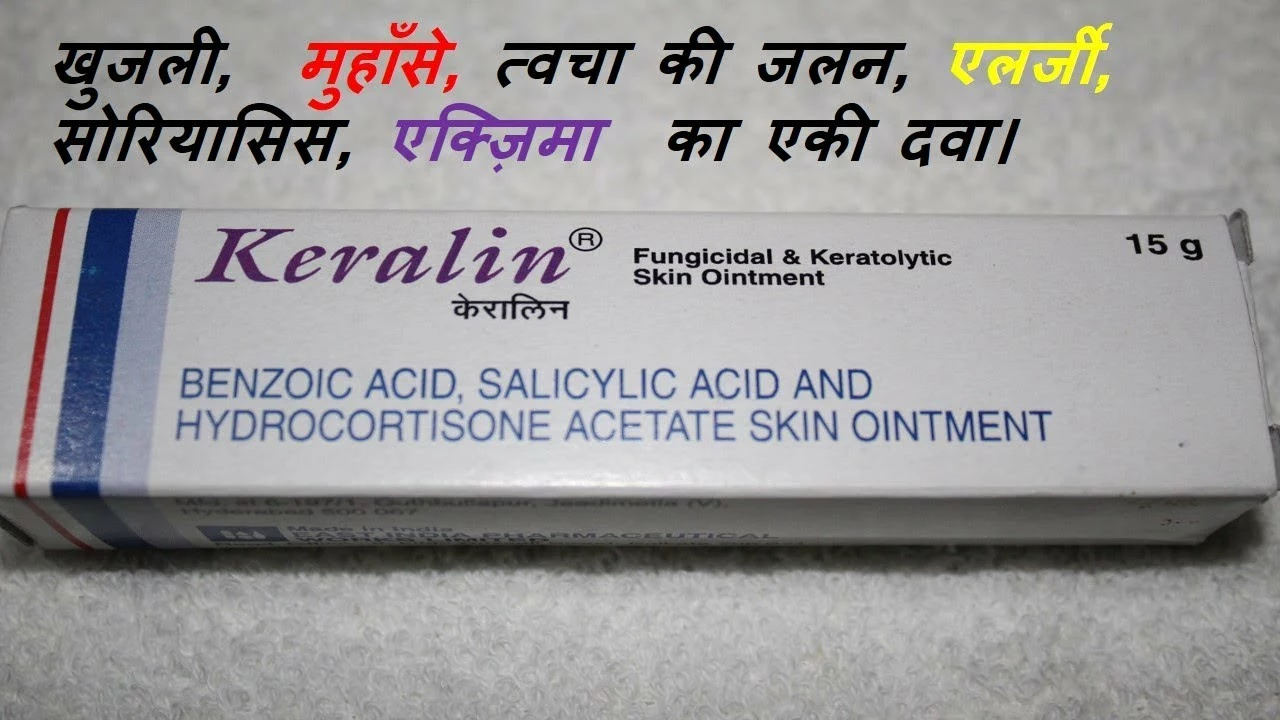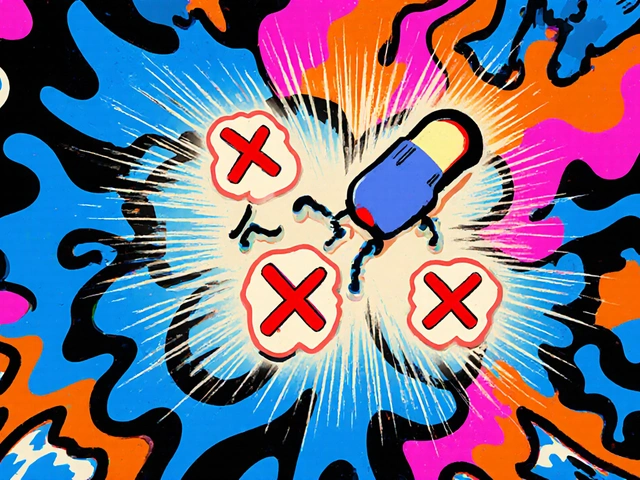Chafing Treatment – Simple Relief & Prevention
If you’ve ever felt a painful rub on your thigh or under the arm, you know how annoying chafing can be. The good news is that most cases are easy to fix at home and don’t need a doctor. Below you’ll find practical steps you can try right now and habits that keep the friction from coming back.
Immediate Relief Steps
First, clean the area with mild soap and lukewarm water. Rubbing too hard can make the skin worse, so use gentle motions. Pat it dry – don’t rub with a towel because that adds more friction.
Next, put a barrier on the skin. A thin layer of petroleum jelly, zinc oxide cream, or an over‑the‑counter anti‑chafe stick works great. These products create a slick surface so fabrics slide instead of pulling at the skin.
If you prefer powders, choose a talc‑free option like cornstarch or a medicated body powder. Sprinkle it lightly after the barrier cream has dried. The powder absorbs moisture and reduces friction further.
When the irritation is already red and sore, apply an over‑the‑counter hydrocortisone cream for a few days. It calms swelling and itching. Switch back to your barrier product once the skin feels less raw.
Preventing Future Chafes
The biggest factor in chafing is moisture. Stay dry by changing out of sweaty clothes promptly after exercise. If you’re prone to sweating, wear breathable fabrics like cotton or moisture‑wicking synthetics instead of denim or nylon.
Fit matters too. Loose clothing can bunch up and rub, while overly tight gear creates constant pressure points. Find a middle ground where the garment supports you without sliding around.For runners, cyclists, or anyone logging long miles, consider specialized anti‑chafe bands or seamless underwear. These items are designed to stay in place and protect common trouble spots such as inner thighs, groin, and underarms.
Weight changes can shift how skin contacts clothing. If you notice new hot spots after a few pounds up or down, adjust your wardrobe accordingly – maybe add longer shorts or a compression layer.
Finally, keep an eye on the environment. Hot, humid days increase sweat, while dry winds can dry out skin and make it more fragile. Carry a small travel‑size barrier stick in your bag so you can treat a hot spot before it turns into a painful rash.
Chafing isn’t something you have to live with. With the right cleaning routine, a good barrier product, and smart clothing choices, you’ll stay comfortable whether you’re at the gym, on a hike, or just moving around town.
The use of benzalkonium chloride/zinc oxide in treating chafing
I recently came across an interesting remedy for treating chafing - using a combination of benzalkonium chloride and zinc oxide. Benzalkonium chloride is an antiseptic known for its disinfecting properties, while zinc oxide has soothing and protective effects on the skin. When combined, these two ingredients can help prevent infection and alleviate the discomfort associated with chafing. I personally find this treatment to be quite effective and a great alternative to traditional anti-chafing creams. If you're struggling with chafing, give this combination a try and see if it works for you!






